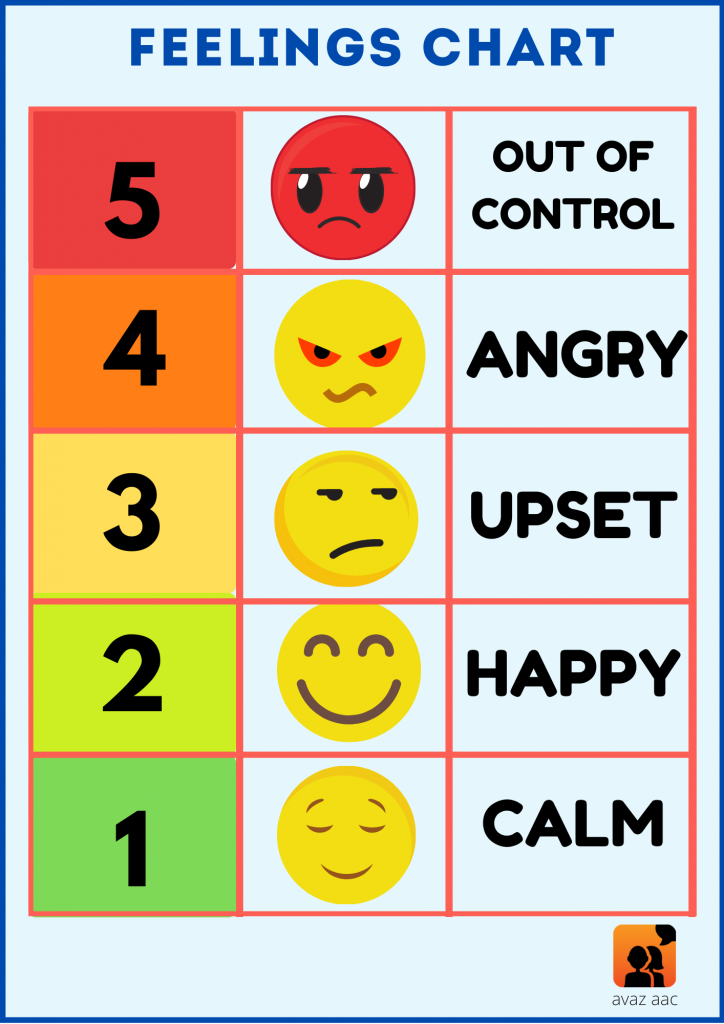Children with developmental disabilities can have communication challenges which affect their ability to effectively express themselves. Without functional communication skills, they may resort to behaviours for communicating their thoughts and feelings. These behaviors can significantly impact their self-esteem and how their peers perceive them.
What is Functional Communication?
Functional Communication refers to the ability to communicate one’s feelings and basic needs effectively. When children learn functional communication, they may no longer demonstrate challenging behaviours. To achieve this, we must teach communication strategies that serve the same purpose as the behaviour. We communicate for several reasons including requesting, rejecting, protesting, expressing emotions etc. So, we need to equip children with skills that allow them to communicate functionally for a wide range of functions.
Determining Function of Behaviour
It’s important to understand the function of a child’s behaviour. A child can get upset because they don’t have a say in the snack they get or the sensory toy they get to play with. In such scenarios, we need to teach them how to express their likes and dislikes functionally.
Sometimes, children demonstrate behaviours for sensory stimulation or to seek attention. Once we understand what the child is trying to express using behaviour, we can teach them how to address their needs using communication. Writing down the antecedent ( what happened just before the behaviour), the behavior, and the consequence (what happened immediately after the behavior) can help understand the function of the behaviour.
Using Choice Boards for Requesting
Encouraging choice-making in children gives them a sense of control over their environment. Providing food choices during meal times or Yes/No board during activity time can help them communicate their preferences. It is important to keep in mind that the functional communication strategy taught should be easy to learn and use. Children using robust AAC systems can have vocabulary for all their favourite items programmed so that they can request the ones they like.


Using Pre-stored phrases for Rejecting/Refusing
When children do not like an activity or food, they should have a means to express that. Using pre-stored phrases such as ‘I don’t like it’, ‘I don’t want to”, or ‘Stop’ make it easier for children to refuse or reject something. We need to model refusal and use prompts in the beginning. It’s important to create consistent opportunities to practice. While encouraging them to refuse, we must remember to acknowledge and reinforce their communication whenever possible.
Emotions Chart


When a child gets upset or excited about something, they may demonstrate behaviours that can be considered disruptive. Teaching them to use a Feelings chart can enable them to communicate their emotions functionally. Even children with special needs who are verbal may find it difficult to access their natural speech when they are overwhelmed. Pictures can help them process and express their emotions better.
When children learn to use communication responses instead of challenging behaviours, it boosts their self-esteem. Functional communication skills also help special needs kids in their social interactions, thus improving their quality of life.



